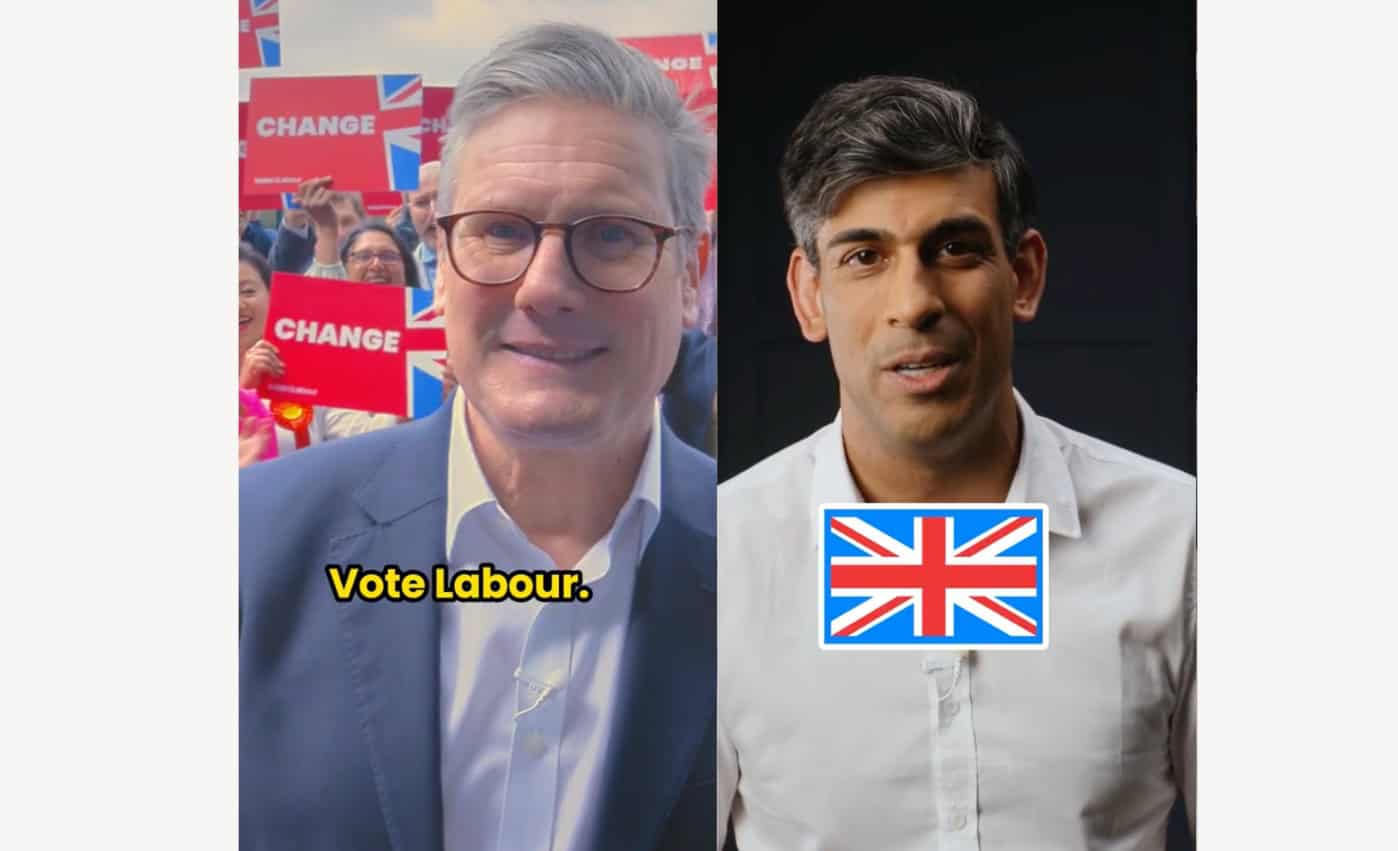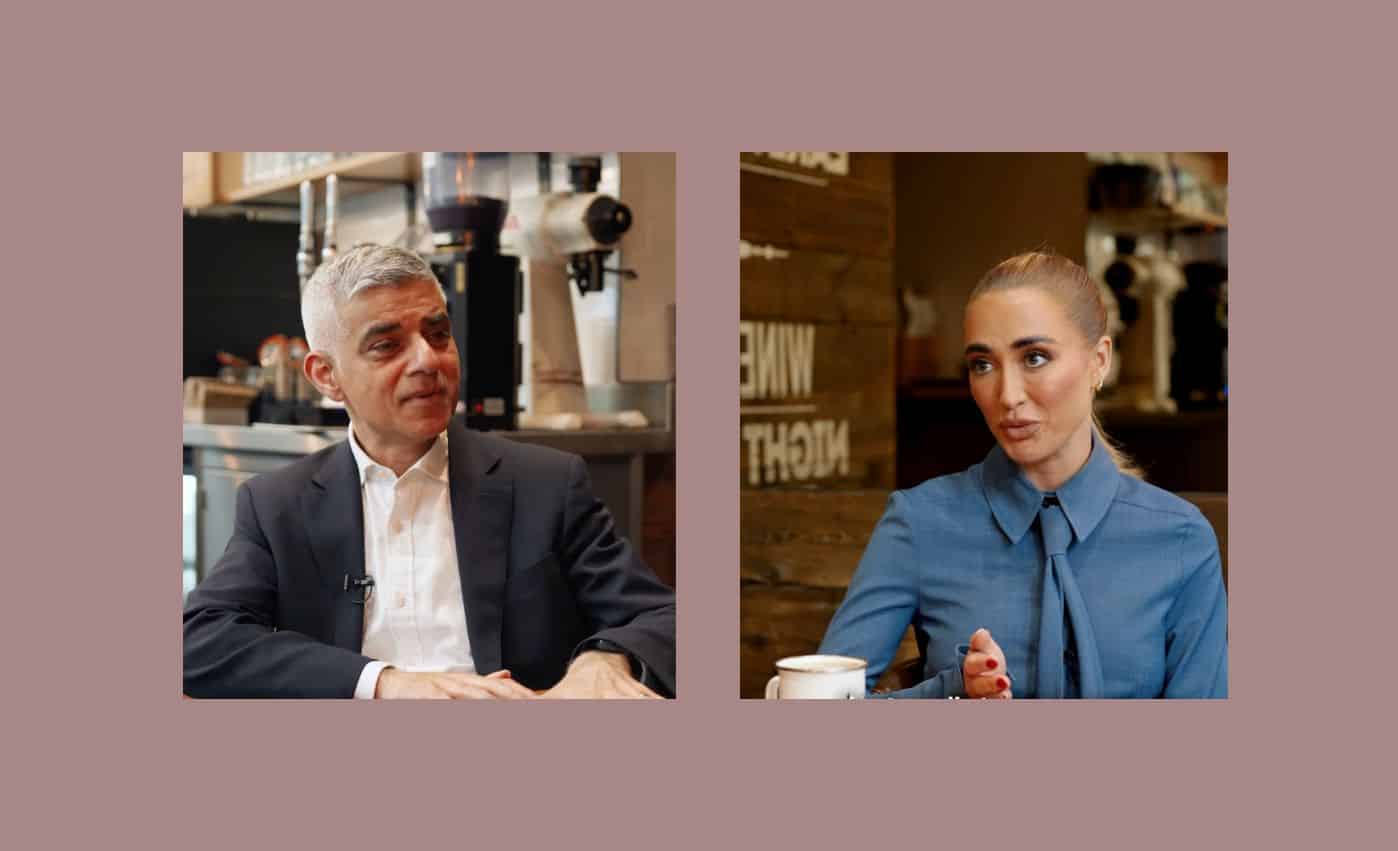Prime Minister Rishi Sunak called a general election for 4 July, almost five years after the last general election in December 2019. Since then, we’ve seen the UK formally leave the European Union, a global pandemic, a recession and several political scandals, demographic changes, new social platform spikes and altered attitudes towards news and politics.
The 4 July ballot will be the first general election where voters will be required to show photo ID. This legislation was also in place for the local election in May, where Labour, Liberal Democrats, Green and independent candidates all gained seats, while the Conservatives lost 474 councillors in England. Labour also won 10 out of 11 mayoral seats.
The National Centre for Social Research (NatCen) published a report on Gen Z’s political attitudes earlier in 2024. This demographic is more pro-welfare than other generations and is the only one that wants government to pay for adult social care in its entirety. Gen Z are more positive about civil disobedience to express their moral convictions, and 80% are in favour of legalising cannabis. In a separate 2023 NatCen report, the research centre concluded “age has become the biggest demographic divide in British politics”.
You may also like
At the last general election in 2019, 56% of 18-34-year-olds voted Labour, 21% chose Conservative and 11% voted Liberal Democrats. YouGov: “For every 10 years older a voter is, their chance of voting Tory increases by around nine points, and the chance of them voting Labour decreases by eight points.” The age a citizen was more likely to have favoured Conservative over Labour was 39, down from 47 at the 2017 election.
The latest census in 2021 showed 3.4% of the population were 15-17-years-old – most people in this group will now be eligible to vote. The census also showed that while 17.3 million people were under the age of 25, 14.5 million were more than 60-years-old. 8.3% of the population were 18-24-years-old in 2021, the largest age group among the population. This group also had the highest percentage of people from Asian and Black ethnic backgrounds. By 2030, Gen Z are expected to make up one quarter of the electorate.
@uklabour Free Rishi. Vote Labour on Thursday 4 July. #ukelection #generalelection #ukpolitics #itvdebate #rishisunak #toriesout
According to a 2023 Ofcom report, 83% of 16-24-year-olds consume news online, and 71% use social media as a news source. While Facebook and X (formerly Twitter) are more used for local, national and breaking news, Instagram, Snapchat and TikTok are sources of celebrity and entertainment news. BBC, Sky News and ITV are the most common news sources on socials, though the Ofcom report concluded that 16- to 24-year-olds “have a weaker direct relationship with traditional news media”. 10% of this group claim to not consume any news at all.
TikTok was nowhere near as influential in 2019 as it currently is. In December 2019, 8.7% of smartphone users in the UK used TikTok, while in March 2024, more than half of the UK digital population engage with the platform. In 2020, 800,000 UK adults (1% of the population) used TikTok as a news source, while 10% of the population used the app to follow news in 2023, Ofcom reported. This makes the video platform the fastest-growing news source in the UK.
Both Labour and Conservative have embraced TikTok as part of their social strategies. The political parties have attempted to adopt TikTok’s informal, meme-heavy tone in a bid to win over younger voters. However, a recent BBC investigation found that misinformation about Labour and Conservative party leaders Keir Starmer and Rishi Sunak is among the content being promoted on TikTok users’ “For You” feed. This includes AI-generated videos, incorrect information and abusive comments.
@ukconservatives NEW: Labour’s plan explained #generalelection #ukpolitics #labour #uk
Ofcom’s 2022 news consumption report showed TikTokers who used the app for news got more of their information from “other people they follow” (44%) rather than news organisations (24%). One in ten teens say TikTok is their main source of news, but only 30% of teens trust TikTok’s news content. Among teenagers who used YouTube and X (Twitter) for news, 51% and 52% respectively think they provide trustworthy news stories.
X (Twitter) is most popular among Millennials, which make up 40% of its user base. This is followed by Generation X (29%), Gen Z (23%) and Baby Boomers (8%). In April 2023, 59% of UK users were following at least one journalist on X (Twitter), and 50% were following the BBC News account, which now has 15.3 million followers. Data company Statista found that 13% of UK X (Twitter) users had recently used the platform for news in 2023, down from 16% in 2021.
The latest polls show a clear Labour lead ahead of the general election. Social media platforms are likely to play an important role in swaying the electorate, particularly younger voters. Age is also a good indicator of which way a voter leans on the political spectrum, as shown by NatCen’s report. This is worth keeping in mind for brand campaigns and communication around the election period.
By Dina Zubi, news and features writer for CORQ.










General election 2024: Key advice on how political parties can work with creators to connect with voters